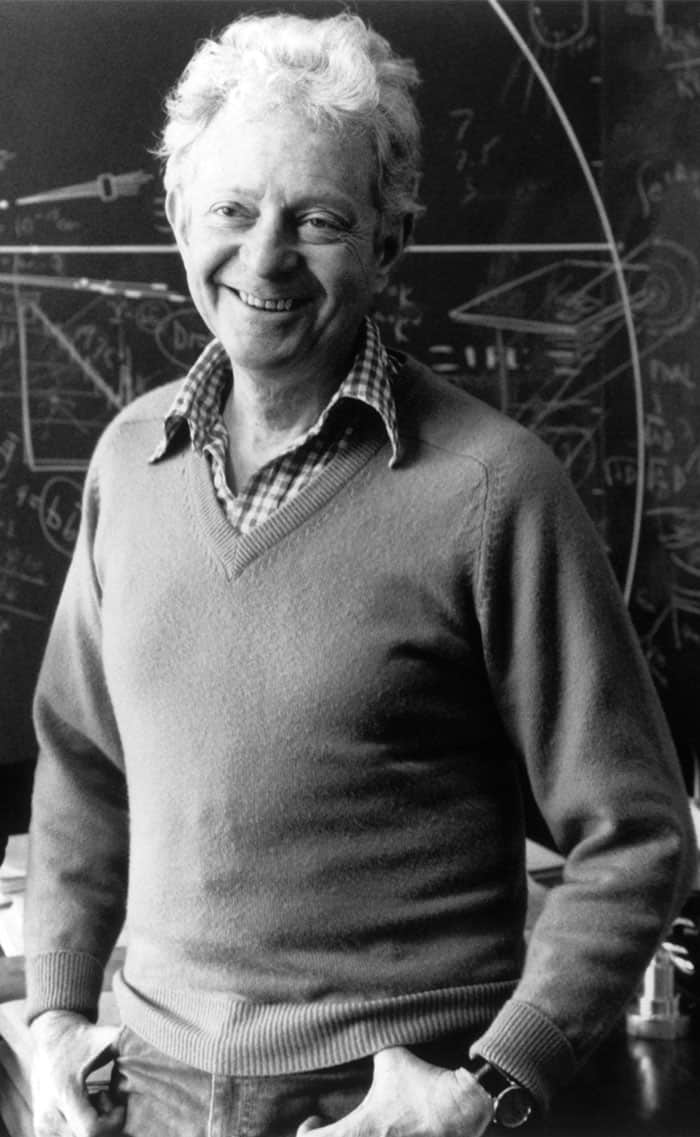Falling Behind? Boom, Bust and the Global Race for Scientific Talent
Michael S Teitelbaum
2014 Princeton University Press £19.95/$29.95hb 280pp

Workers with skills in the so-called STEM disciplines – science, technology, engineering and mathematics – are in short supply. Countries like the US and the UK, which have traditionally led the world in these areas, are facing tough competition from emerging nations such as China and India, both of which are training large numbers of scientists and engineers. If the established countries do not up their game, they risk losing out in the globalized “knowledge economy” of the future.
Statements like these are ubiquitous in discussions of science policy. Sympathetic business leaders and politicians repeat variations of them regularly, and within the scientific community their truth is widely (though not universally) regarded as self-evident. But there is a problem with this consensus: according to the US demographer and veteran labour-market scholar Michael S Teitelbaum, it is not necessarily true.
In Falling Behind? Boom, Bust and the Global Race for Scientific Talent, Teitelbaum mounts a sustained attack on the idea that a STEM shortage exists at all, at least in the US. Based on a substantial (though sometimes frustratingly incomplete) body of economic and social data, he offers three conclusions. The first is that since the end of the Second World War, repeated alarms about looming shortfalls in the US supply of scientists and engineers have led to damaging cycles of “boom and bust” in the scientific job market. A second, more eyebrow-raising, conclusion is that increases in science funding are far from a panacea, and can even be destabilizing. Most controversially, though, Teitelbaum argues that current concerns about shortages of scientists and engineers in the US are “quite inconsistent with nearly all available evidence”.
The nuances of this final conclusion – and, in particular, whether it could apply to the UK – will be the focus of a separate Physics World article later this year. In this review, I will concentrate instead on the book’s first two points.
Falling Behind? begins by describing past cycles of boom and bust in the US scientific job market. The first such cycle began in 1957, when the launch of the Soviet Union’s Sputnik satellite triggered panic across America. The US government responded by increasing federal funding for science (channelled via the Department of Defense, the National Science Foundation and the newly created National Aeronautics and Space Administration, among others) and making sustained efforts to train more scientists and engineers. By doing so, they hope to fill the perceived gap between the country and its Cold War opponent.
By the late 1960s, however, the situation had changed. As Teitelbaum explains, the success of the Apollo space programme, coupled with increasing resistance to the Vietnam War, made big defence-related research budgets seem both less necessary and less appealing. As politicians’ interest faded, funding slowed. Thousands of highly qualified scientists – some of whom had been hearing about “shortages” in their chosen disciplines since they were teenagers – found that the jobs they had trained for no longer existed. In July 1971 a prominent US chemist, Wallace R Brode, lamented in Science that new science graduates “go out into the cold cruel world, only to find no jobs available, or else below the level of their training and ability”.
For US physicists, this first cycle of “alarm/boom/bust” was the most damaging. Subsequent busts at the end of the Cold War and during the dotcom crash of the early 2000s had their epicentres in other areas of science, while the ongoing crisis in the American biomedical sector has left the country’s physicists almost unscathed. Interestingly, though, Teitelbaum traces the current biomed bust to a 1991 report by the physicist and Nobel laureate Leon Lederman. In this report, Lederman – who was, at the time, president-elect of the American Association for the Advancement of Science – argued passionately for a repeated doubling of federal funding for scientific research, until it reached levels above and beyond those of the 1960s “golden age” in physics. While Lederman did not specify how this new funding should be distributed across disciplines, his ideas gained their greatest traction among advocates for the nascent biotechnology and genetics industries. Between 1998 and 2003, the budget for the biomedical-focused National Institutes of Health (NIH) was, accordingly, doubled.
What happened next was not the utopia that proponents had expected. The flood of new funding was more than absorbed by a flood of new PhD students, postdocs and grant applications. When the doubling stopped and normal service resumed (meaning budgets that were flat or falling in inflation-adjusted dollars) resumed, there wasn’t enough money to go around. By 2012, Teitelbaum observes, an applicant’s chances of winning a major NIH grant were significantly worse than they had been before the doubling started, and senior researchers were spending ever-larger fractions of their time chasing grants that they were increasingly unlikely to get. A brief return to inflation-busting annual budget increases brought temporary relief, but as Teitelbaum notes, “even members of Congress who were strong supporters of biomedical research did not seem responsive to pleas of a ‘funding crisis’ from a research sector that had doubled its budget so rapidly only a few years earlier”. Advocates for rapid increases in science funding should, he concludes, “be careful what they wish for”.
Readers with interests in science policy, careers or funding will find this book fascinating, although often disquieting. Teitelbaum’s analyses of historical alarm/boom/bust cycles and (in particular) the NIH budget-doubling brouhaha are illuminating, and he has a knack for anticipating potential criticisms. As I read Falling Behind?, I often found myself thinking “But what about x?” only to find, later on, that Teitelbaum had in fact addressed x, while also parrying counter-arguments y and z that had not occurred to me.
Perhaps the most important criticism of Teitelbaum’s argument concerns whether past claims about scientific “shortages” have any bearing on similar arguments being made today. After all, at the end of the fable about the “Boy Who Cried Wolf”, the wolf turns out to be real, with serious consequences for the unbelieving villagers. Teitelbaum’s response is to acknowledge that the past is an imperfect guide to the present. While many previous claims of a STEM shortage turned out to be overblown, he writes, this “should not lead to the conclusion that present concerns also can be predicted to prove unwarranted”.
Unfortunately, many data on STEM employment are patchy. As Teitelbaum observes, even apparently straightforward questions such as “how many postdocs are there in the US?” can be difficult to answer. Data also go out of date quickly. For example, in comparing the job prospects for scientists with those of other highly educated professionals, Teitelbaum states that between 2006 and 2008, lawyers earned, on average, around 50% more than PhD-level scientists. Today, however, this figure sounds implausibly high because the strong demand for lawyers (as evidenced by their earnings) in the mid-2000s soon produced a severe oversupply of law graduates. Indeed, PhD scientists are arguably having the last laugh, since they – unlike law students – at least get their tuition paid and living expenses subsidized during their training.
Teitelbaum’s book concludes with a handful of recommendations. Although he is cautious about suggesting major changes to a hugely successful system – the US is still a major powerhouse for scientific research – several of his ideas would be worth implementing regardless of whether the current alarm about STEM shortages is justified. Giving potential PhD students more and better information about their career prospects, for example, would help dampen the boom/bust pattern by coupling the supply of scientists more tightly with market demands for their services. Changes to funding mechanisms might also reduce what Teitelbaum calls the “tendency to expand beyond whatever funds are available – no matter how large”. And of course, better data on employment would be helpful. Until such data exist, though, readers should treat “shortage” rhetoric with a healthy degree of scepticism.




